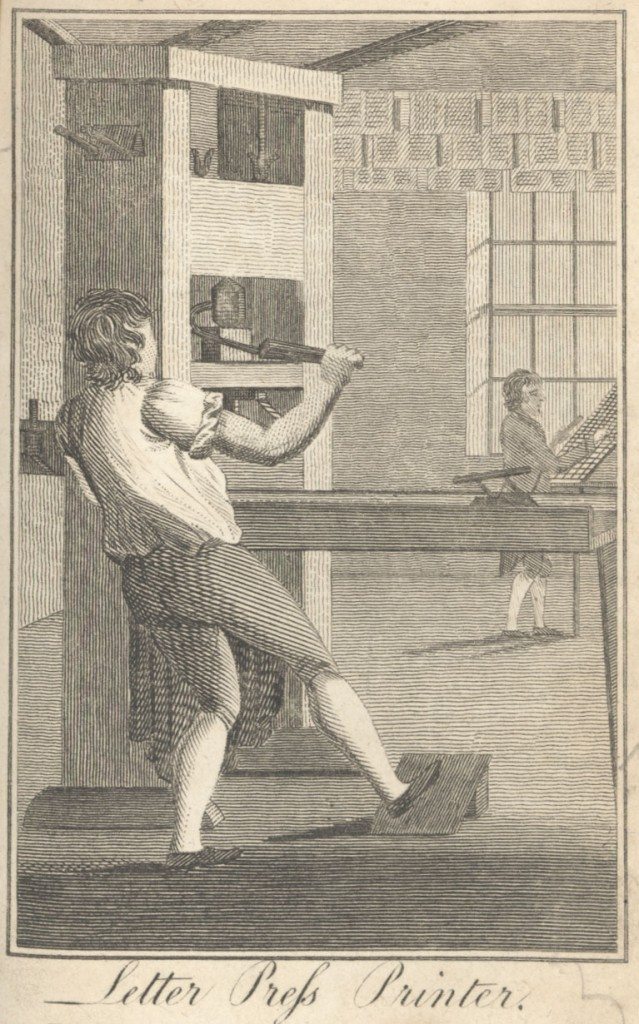Printing
Image: Letter Press Printer, from The Book of Trades or Library of Useful Arts, part III, third edition (London, Tabart and Co, 1806). The trade of letter press printing included two types of workers, the compositors and the pressmen. Both were highly skilled trades involving complex operations. The former arranged metal letters into words, lines and pages and the latter created an impression of the arranged letters onto paper using the printing press. Normally each press required two pressmen. In the copper-plate engraving, a compositor is shown in the background, “composing” the letters in an iron frame called a composing stick. In the foreground, a pressman, after preparing the paper and inking the letters, turns the handle of the press to print the paper.
Image from: Science Technology and Management, Birmingham Central Library
Multiple copying of documents is easy in this computerised age, but before the advent of printing scribes had to laboriously copy sacred texts one by one. The first printing blocks were made of wood and originated on the borders of Mongolia, probably carved by nomads at the start of the 13th century. In Europe Johannes Gutenberg is credited with the invention of the printing press but a Dutchman, Laurens Janszoon Coster, who died about 1440, may have prior claim. Both claims to originality are sketchy and lack concrete historical substantiation.
Printing presses were used largely to make religious texts more freely available, particularly the Bible, but other scholars and writers were quick to see the potential for scientific works and works of fiction. In England the printshop was pioneered by William Caxton who died 1491. This mechanical art spread much more rapidly than papermaking after Caxton introduced the process. It was his apprentice, Wynken de Worde, who first printed on Tate’s paper in 1497 with an edition of Bartholomæus: De proprietatibus rerum, 1496. Twenty five years later, Henry Pepwell, a Birmingham-born printer and colleague of Wynken de Worde, printed John Stanbridge’s The Longe Accydence.
« Previous in this sectionNext in this section »Continue browsing this section
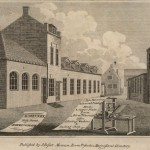 Papermaking, Printing and Associated Trades in the West Midlands during the 18th and Early 19th Centuries
Papermaking, Printing and Associated Trades in the West Midlands during the 18th and Early 19th Centuries
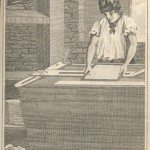 Papermaking
Papermaking
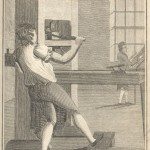 Printing
Printing
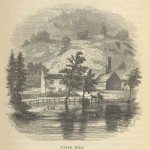 Papermaking in the West Midlands
Papermaking in the West Midlands
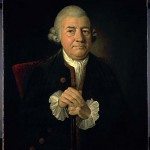 Baskerville and Alternative Technology
Baskerville and Alternative Technology
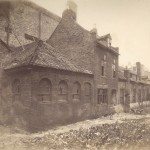 Baskerville and Printing
Baskerville and Printing



